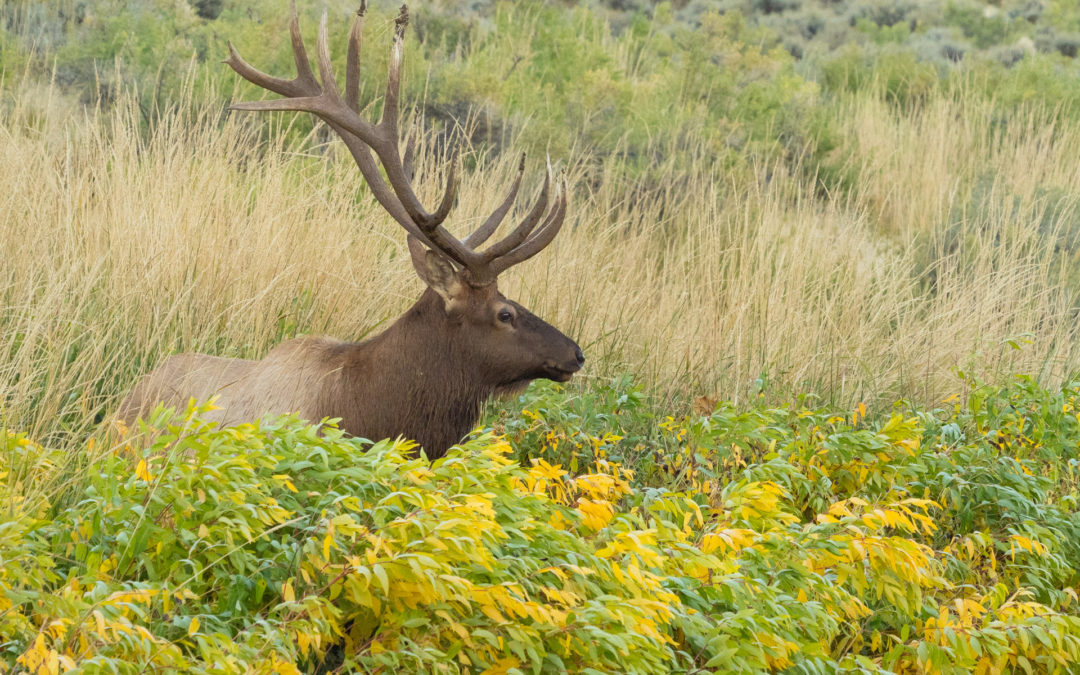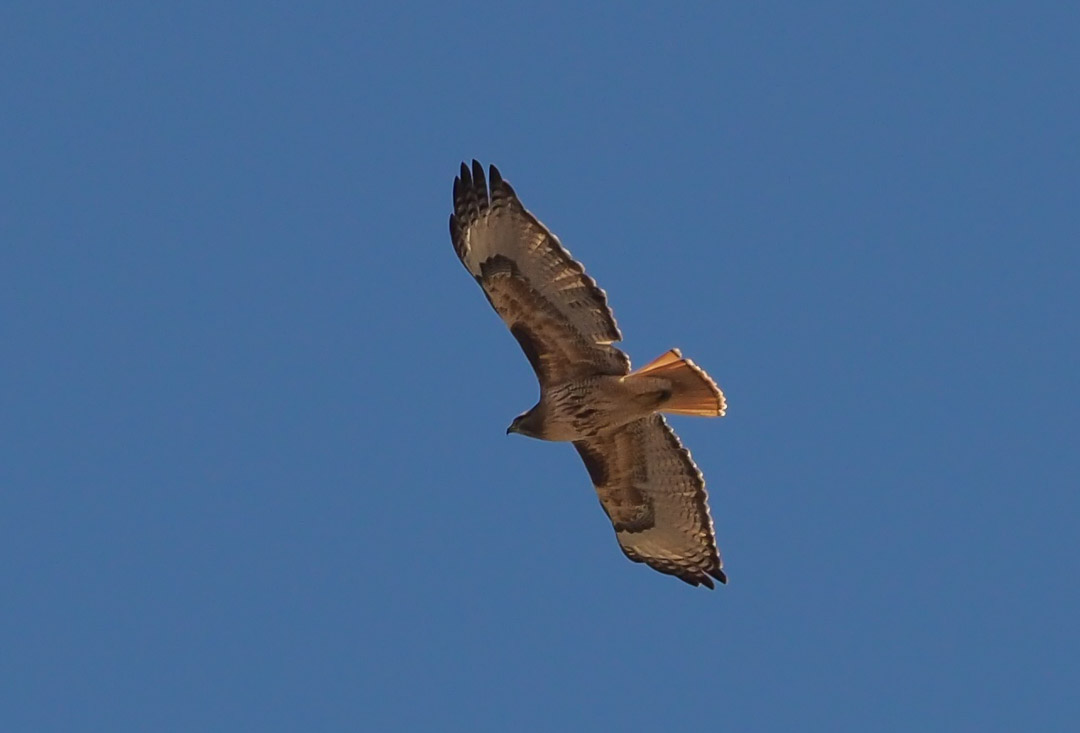
1. Raptor Watching
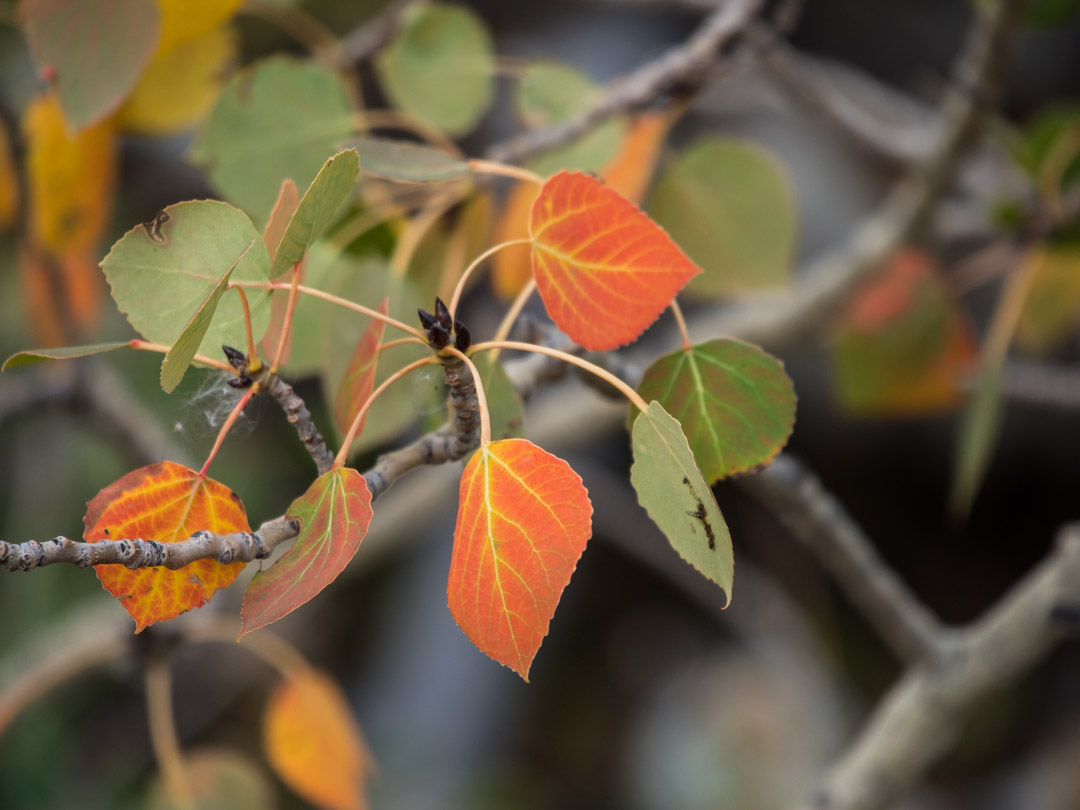
2. Enjoy the Fall Colors
While Yellowstone has fewer showy aspens and cottonwoods than other rocky mountain places, the fall color is still stunning, especially if you fix your gaze below the forest canopy. The range of reds and oranges and yellows to be found in shrubs like wild rose, rabbitbrush, and mountain ash, as well as the ground cover like fireweed and sticky geranium, are truly stunning. Good places to see fall colors are the Tower Junction/Tower Falls area, the Blacktail Plateau Drive, Swan Lake Flats, and the Hellroaring Overlook.
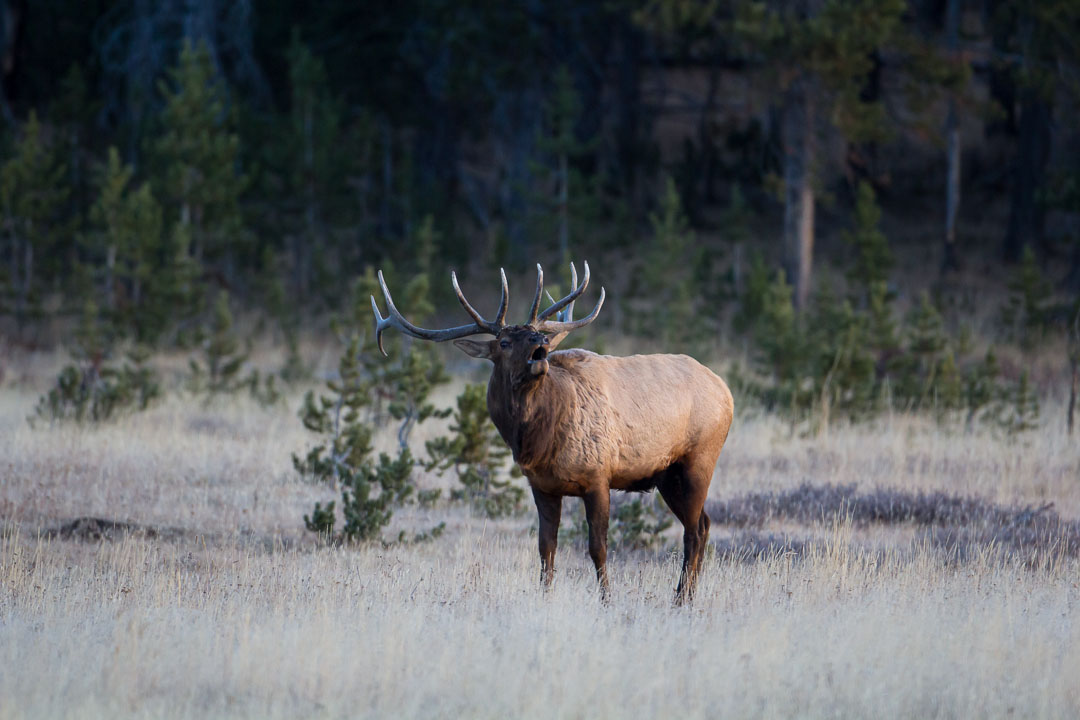
3. Observing the Elk Rut
No guide to autumn in Yellowstone is complete without talking about the elk rut. Watching and listening to the eerie bugle of the bulls as they guard their harems is one of the true highlights of fall, and Mammoth Hot Springs is grand central. Watching in the village itself is interesting, but if you want to get away from the crowds you might try driving the old Gardiner-Mammoth road or searching around Swan Lake Flats. If you hike the Beaver Ponds loop, you’ll hear the bugles echoing all around you. Be careful though – bull elk are very aggressive during the rut. Do not approach the animals and stay close to your car if watching from the road. Photo: ©Brad Orsted
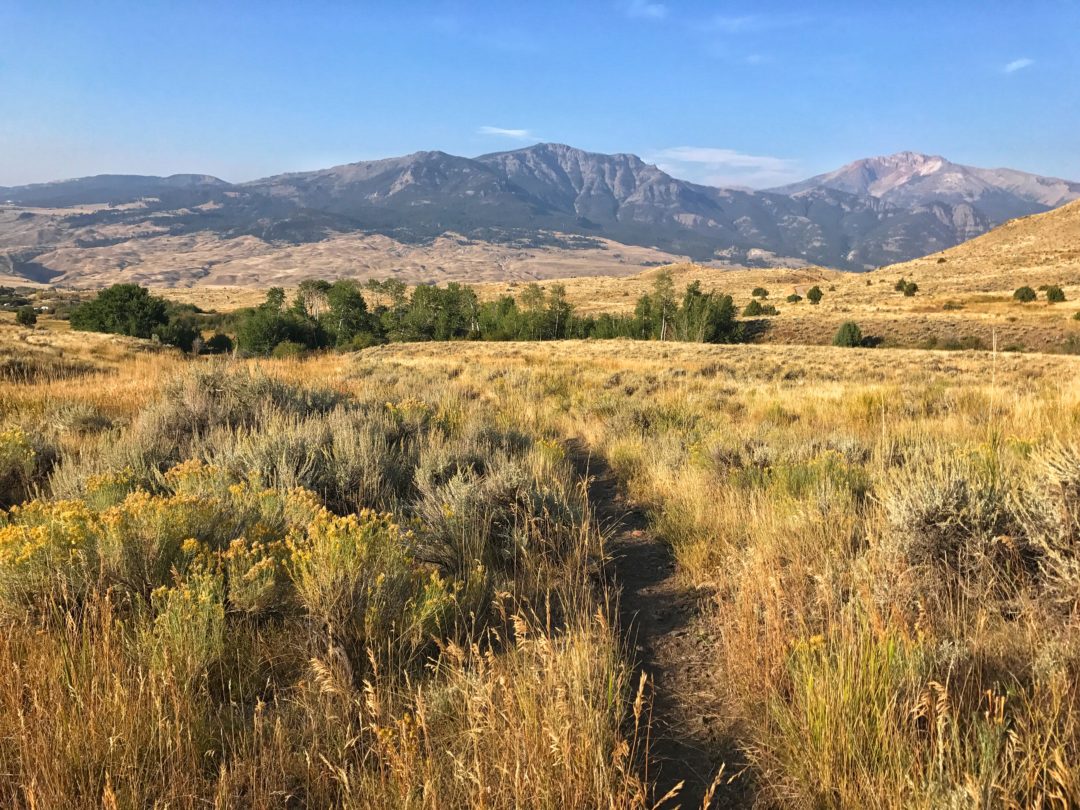
4. Hike, Hike, Hike!
September and October are hands down some of the best times of year to hike in Yellowstone. The air is crisp and cool, and the ground cover shimmers with fall color. We love to hike cross-country on the northern range, or on trails like Yellowstone Picnic Area, or Garnet Hill for their wildlife sign and fall color. The bears are still out, so we are always sure to carry bear spray. Extra clothing is a must as well – while there can be many relatively warm and dry days, the weather is still highly changeable and can be downright cold. Expect rain, snow, wind, and sun and prepare accordingly with layers of clothing.
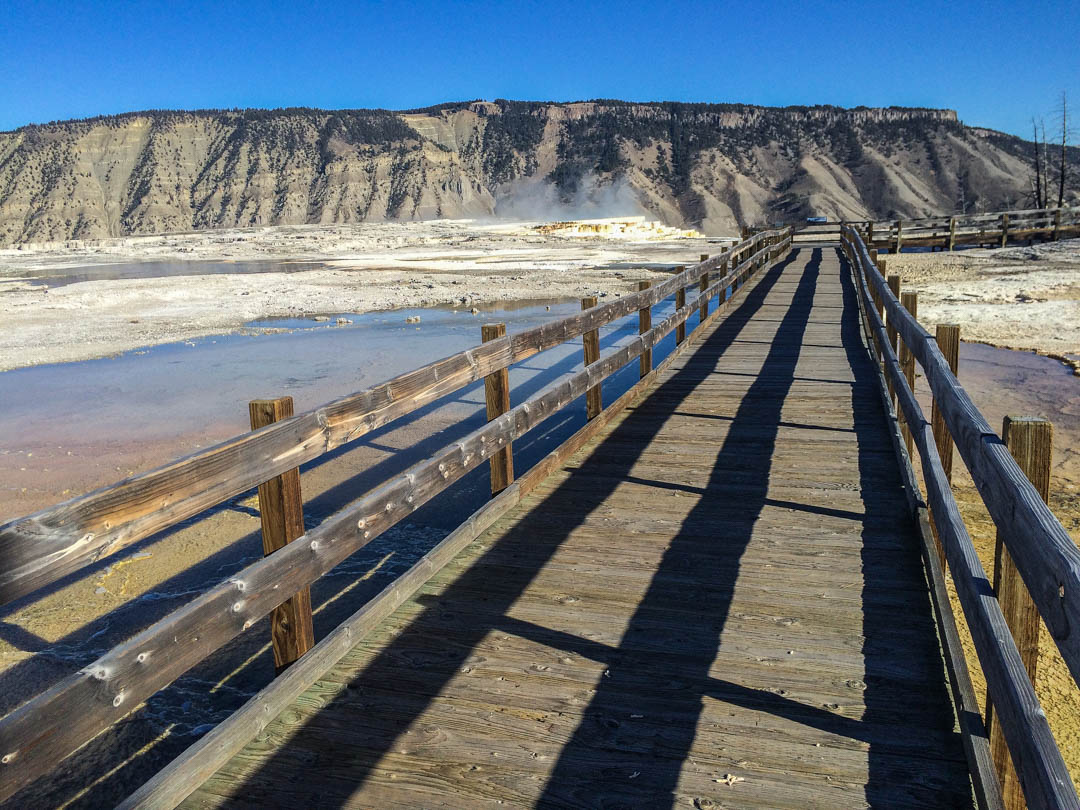
5. Drive the Lower Loop Before the Roads Close for Winter
In early November, the interior park roads close to allow snow to accumulate for winter over-snow travel. After November 6, 2017 the only road open to two-wheeled vehicles will be between Mammoth and Cooke City. (Some roads close earlier – check the park’s website for road conditions.) One of our favorite things to do is drive the lower loop on the last weekend before the roads close. You’ll find almost no one in the park; the boardwalks are empty and wildlife reign supreme in the breathing heart of the park. You can feel the changing of the seasons, and a visceral sense that nature really is truly in charge here.
Check out our favorite things to do in spring by reading Our Top 5 Spring Favorites.

